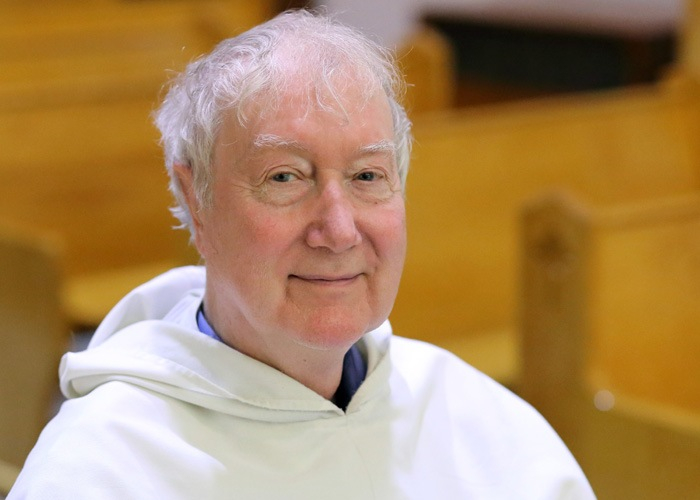During the retreat, Sacrofano stood before the assembled bishops and non-bishops – men and women! -An old white man. This is how the Dominicans are described Timothy Radcliffe The same, at least in his first reflection. He asked: “Who is this dinosaur that will talk to you?” Wouldn’t it be better to have a young, non-Western woman?
The tone is set. At the beginning of a great task like the renewal of the Church, humility and contemplation are appropriate. However, Radcliffe is not just an old man. From 1992 to 2001 he was Superior General of the Dominican Order. He has traveled the world and is a widely read spiritual writer.
The Dominicans originated as a mendicant order in the Middle Ages. Founder Dominic Calerioga He was an ardent speaker appointed to combat false teachings. He believed that the best way to do this was to simply live by your word. Contemporary revelation remains an important charism of the Dominican Order. Radcliffe, 78, is a case in point.
“It takes a Dominican to explain a Jesuit,” the journalists joked: “You need a Dominican to explain what a Jesuit is.”
Radcliffe used the Meditations to put the Synod Fathers and Mothers in the right mood for the “real work” in Rome, the first phase of the Synod of Bishops that wanted to fundamentally renew the Church; From scripture to synod. The participants discussed it in small groups according to the method of reflective dialogue.
Overcoming division
The reflections begin from the observation that not only the world is divided, but also the Church. There is a polarization between those who hope for change and those who cling to the church as they have always known it. In this context, a month-long journey begins.
No one knows where this will lead us, but according to Radcliffe, we can already share one hope: the hope of the cross.
“At this synod, let us share not only our words and our beliefs, but also ourselves,” Radcliffe said. If we open our hearts to each other, wonderful things will happen. All our confusion and pain will somehow make sense.
Referring to the transfiguration of Jesus on Mount Tabor, he explains that our home as Christians has two movements: inward, to the place where we feel God, and outward, to the Jerusalem of our time. “Renewing a church is like baking bread. You gather the edges of the dough toward the center and then spread it out again toward the edge. That way everything is filled with oxygen.”
How do we overcome division and mistrust? By growing into deeper friendship with the Lord and with each other. ‘This wouldn’t make the headlines,’ says the Dominican with a touch of humour: ‘Did they come all the way to Rome to make friends? What a waste!’ But through friendship we will be able to move from “I” to “we.” He encouraged the synod members to approach each other as seekers and dare to be vulnerable.
The Cartesian statement is not “I think, therefore I am,” but “I listen, therefore I am.”
Radcliffe also had startling ideas about power, and a world characterized by a crisis of power. Power is multifaceted and shared power reinforces each other. It has three main characteristics: beauty, goodness and truth. “Without goodness, beauty can be deceptive. Goodness without truth falls into sentimentality. Truth without goodness leads to persecution.”
The Dominican ended his final reflection with an invitation to listen to young people. “Trusting young people is an integral part of Christian leadership. We cannot yet imagine new ways to be the church, but perhaps they can!”











More Stories
Revealing the ten countries that support Ukraine the most
Funny protest against mass tourism in Galician village
Kamala Harris has wind in her sails, but Trump can still win